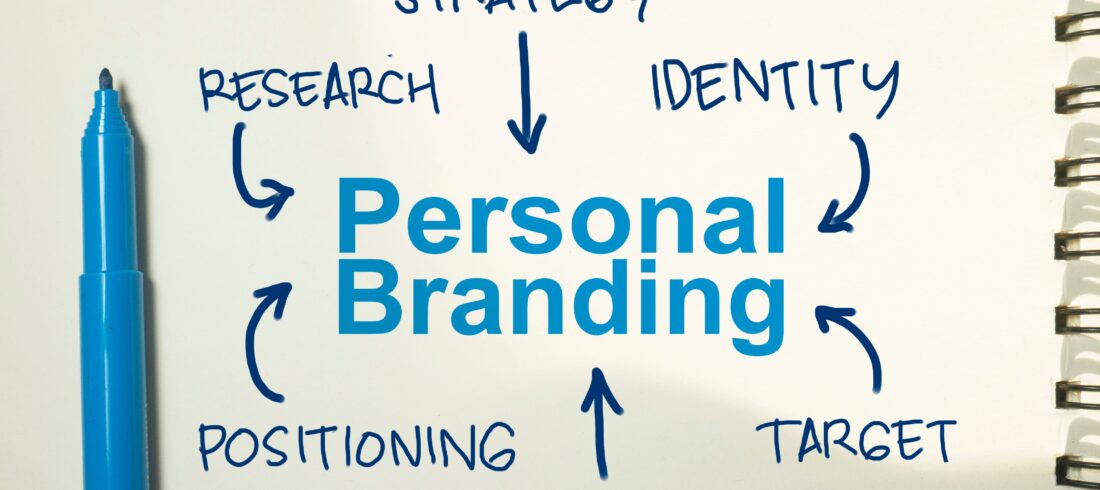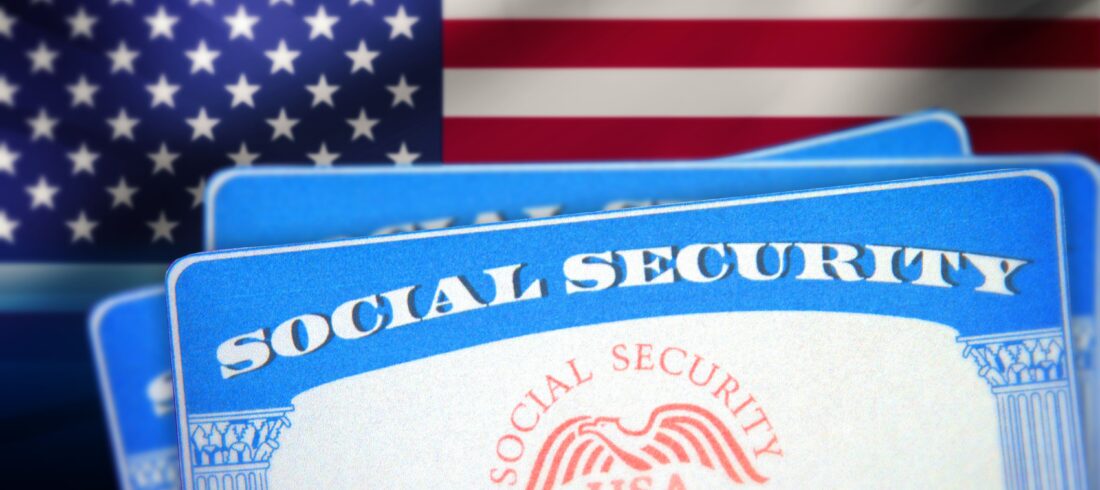If you address debt in a good way, you can manage it even if it can feel like a lot. While there’s no universal fix, certain programs and strategies can help reduce what you owe or make payments more manageable. Knowing which solutions are best for you and acting before debt gets out of control are crucial. Whether through government programs or financial planning, relief may be possible with the right steps. In fact, some may be able to see portions of their debt entirely erased!
So What’s the Deal with Government Debt Relief?
Certain debts have dedicated relief options. This targeted approach addresses specific financial challenges faced by individuals and provides tailored solutions. Areas where you may be able to find debt relief from the government include:
- Student Loans
- VA Home Loans
Student Loans
The U.S. government offers multiple student loan forgiveness programs to ease the burden on borrowers who work in public service or education.
- Teacher Loan Forgiveness (TLF): If you teach full-time for five consecutive academic years in a low-income school or educational service agency, you may be eligible for up to $17,500 in loan forgiveness on Direct Subsidized and Unsubsidized Loans, as well as Subsidized and Unsubsidized Federal Stafford Loans.
- Public Service Loan Forgiveness (PSLF): When you work full-time for an eligible business and make 120 qualifying payments, the Public Service Loan Forgiveness (PSLF) program forgives the remaining debt on your Direct Loans. PSLF is only available for payments made under specific repayment programs!
- Temporary Expanded PSLF (TEPSLF): If you made some or all of your payments under a repayment plan that did not qualify for PSLF, you may still be eligible for loan forgiveness under TEPSLF. This program forgives the remaining balance on your Direct Loans if you meet additional requirements. However, TEPSLF is temporary and will end once a limited amount of loan forgiveness has been granted.
VA Home Loans
If you have a VA-guaranteed loan, you may qualify for assistance through the Veterans Affairs Servicing Purchase (VASP) program. Under this program, the VA buys your modified loan from your servicer if all other options have been exhausted, allowing you to retain homeownership.
Other available solutions include repayment plans, where past-due amounts are spread out over future payments, and special forbearance, which grants extra time to catch up on missed payments. Loan modifications allow you to restructure your mortgage by rolling past-due payments into the total balance, though this may result in a higher monthly payment.
For homeowners needing to sell, the government provides alternatives such as a short sale, where your loan servicer may accept less than the full amount owed, or a deed instead of foreclosure, allowing you to sign over your property to avoid foreclosure proceedings. Some programs also offer extra time to arrange a private sale to maximize selling opportunities.
What About Credit Cards and Other Debts?
This is where things get trickier. There aren’t specific “government debt relief programs” designed explicitly for credit card or other unsecured debts. But don’t lose hope – this is where you need to get strategic and explore other paths for managing and reducing these debts.
Debt Consolidation
Imagine juggling multiple credit card payments – each with high-interest rates. Now, picture consolidating those debts into one, potentially lower-interest loan, simplifying those monthly payments. You might even save money on interest in the long run.
This process is called debt consolidation. It doesn’t erase the debt, but it sure does make managing it a whole lot less stressful. Consolidating your debts can provide a clearer path toward repayment.
Credit Card Balance Transfers
Here’s how it works: You shift your existing credit card balance to a new card, usually one offering a lower introductory interest rate. Now, this isn’t a magic solution. Success depends on your financial discipline to pay off the balance within the promotional timeframe.
But if you’re smart about it, a balance transfer could potentially save you a significant amount in interest payments. It’s like a short-term opportunity to get around high-interest rates and make your debt payoff faster.
Debt Settlement
Debt settlement involves negotiating a reduced balance with your creditors – basically, coming to an agreement on a smaller lump-sum payment. This route often involves working with a professional debt settlement company. While it can be effective in reducing your overall debt, there’s no guarantee it’ll work for everyone, and potential risks need to be considered carefully.
Keep in Mind…
Remember, understanding and choosing among various “government debt relief programs,” or even private options, can be hard. It’s easy to get lost in the information. That’s why, regardless of your situation, seeking guidance from a qualified financial professional can make a world of difference.
They’re there to provide you with clear, personalized advice, assess your individual needs, and help you develop a game plan for managing and ultimately conquering your debt. A financial professional (like a credit counselor for example) could act as your guide, helping you navigate the complexities of debt relief.
Summary
Finding the right debt relief option takes time, but it can make a big difference in your financial future. Government programs can help with specific types of debt, while private solutions like consolidation and settlement may offer other paths. The most important step is understanding your choices and taking action before debt becomes unmanageable. If you’re unsure where to start, speaking with a financial professional can help you make the best decision for your situation. With the right approach, getting back on track is possible.



